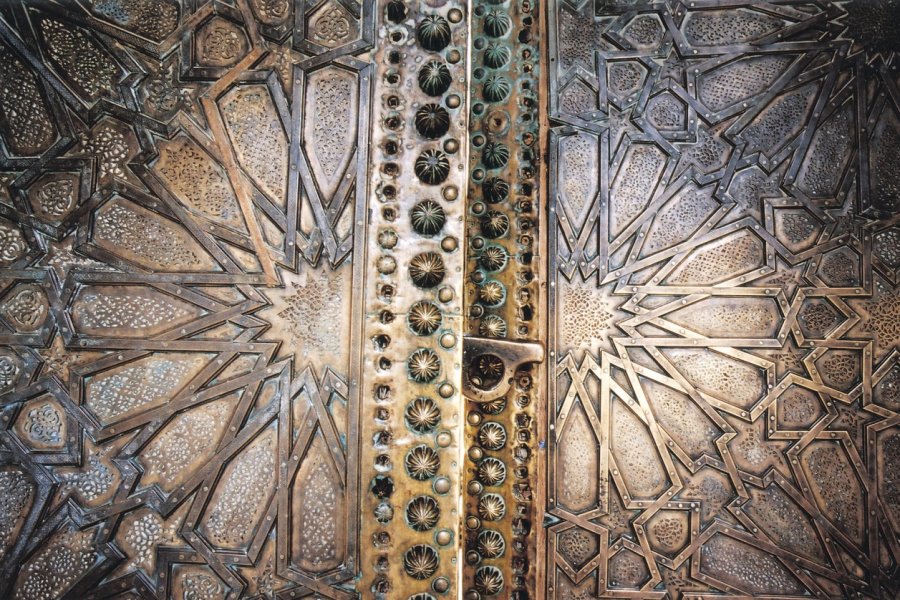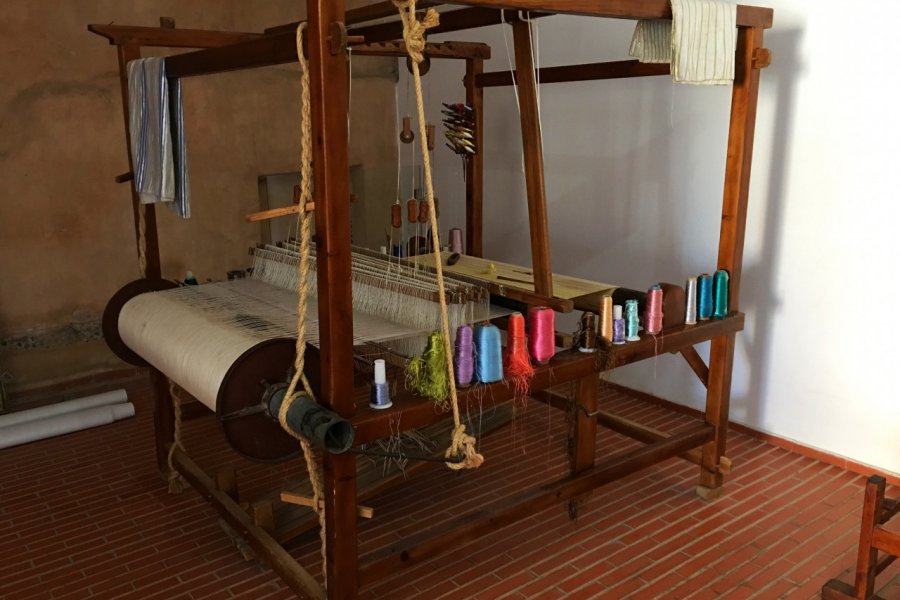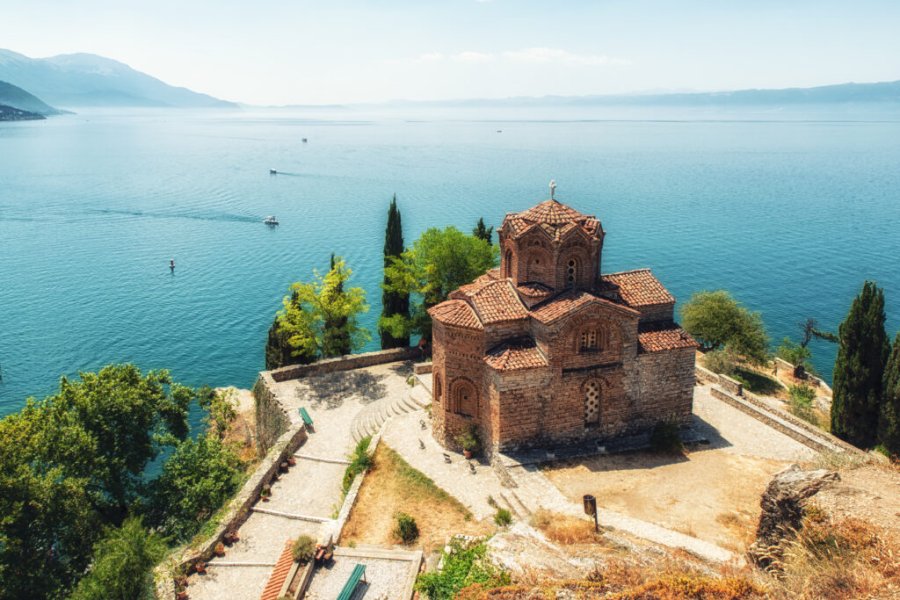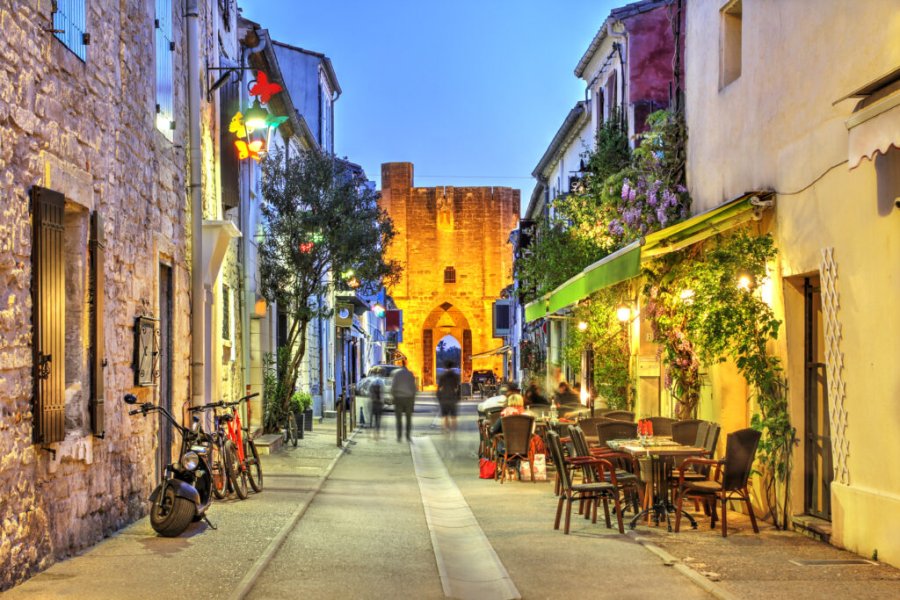Travel Guide Tlemcen
Find an accommodation
Advertising
Neighbor of Oran, Tlemcen is a city of smaller size but much richer in history and cultural sites. The mentality is also much more conservative than in Oran, which is considered to be a hooligan... It is not really in Tlemcen that you will party, at best you will be able to have a good coffee on the terrace.You will appreciate to walk in the city under the alignments of southern maples or plane trees which sometimes give it an air of Miliana. For shopping, there is nothing like going to the very typical market of Kissaria where you will probably bring back a beautiful djellaba, a typical Tlemcen outfit.The city hosted the event "Tlemcen, capital of Islamic culture" in 2011 and has benefited from renovations and refurbishments on this occasion. It was at this time that the impressive Renaissance luxury hotel was opened, which belongs to the Marriott group.History. Located 140 km southwest of Oran, Tlemcen has been inhabited since prehistoric times before being ruled by Roman soldiers who gave it the name Pomaria, "orchards", in the time of Septimius Severus, which suggests the agricultural wealth of the region.In the 8th century, the Muslim Arabs settled in Agadir ("cliff", "citadel"), led by Idriss I, the founder of Fez in Morocco. The Almoravid leader Youssef ibn Tachfine, founder of Marrakech, made it his capital in 1079, developing around the fortress and the brand new mosque a flourishing city that now bears the name of Tlemcen, from the Berber word tilmas ("spring"), after having been called Taggrart for a time. The city was surrounded by a rampart under the Almohads (12th-13th centuries). Under the Zianid dynasty and especially under the long reign of Yaghmoracen, Tlemcen was the very active capital of the central Maghreb, attracting African or European merchants as well as scholars. On the road from Africa to Spain, it benefited from all the economic and cultural currents.At the end of the XIIIth century, the Merinids of Fez prepared their weapons against the rich city and, during the siege they organized, built Mansourah which was to compete with Tlemcen. The Marinids taunted the Zianids of Tlemcen until 1307, when they had to withdraw from the region. But the battle for domination continued and intensified between 1337 and 1359 until Tlemcen fell and lost its lustre to Mansourah, the new Marinid capital. The Zianids were ousted by the Marinids and then by the Hafsids of Tunis and disappeared under the assaults of the Spaniards and, above all, the Ottomans who took Tlemcen in 1555. Abandoned by the conquerors, the city withered away.In the early 1830s, the French divided Tlemcen between Kouloughli, Arab-Turkish half-breeds who put themselves at the service of the occupiers, and the supporters of Emir Abdelkader who opposed European domination. Twelve long years of struggle later, the city falls but keeps the memory of its fight - Messali Hadj, founder of the North African Star then leader of the MTLD before being removed from the nationalist struggle, was born there in 1898.At the foot of the Lalla Setti plateau, in a plain covered with olive trees, vineyards and orchards and surrounded by pine woods, Tlemcen benefits from rare water resources, of which the late waterfalls of El-Ourit were the symbol, and from a temperate climate beneficial to the cultures at the base of its wealth and its fame, which attracted in its walls many foreigners. Muslim and Jewish Spaniards who fled the Reconquista came to find refuge here and recreated their Andalusian living conditions.
What to visit Tlemcen?
Advertising
Weather at the moment
Advertising
Organize your trip with our partners Tlemcen
Transportation
Book your plane tickets
Car Rental
Boat rental
Accommodation & stays
Find a hotel
Holiday rental
Find your campsite
Tailor-made trip
Immersion travel
Services / On site
Activities & visits
Find a doctor
Tlemcen travel inspiration
Find unique Stay Offers with our Partners
Pictures and images Tlemcen
Other destinations nearby Tlemcen
25 km away
100 km away

















